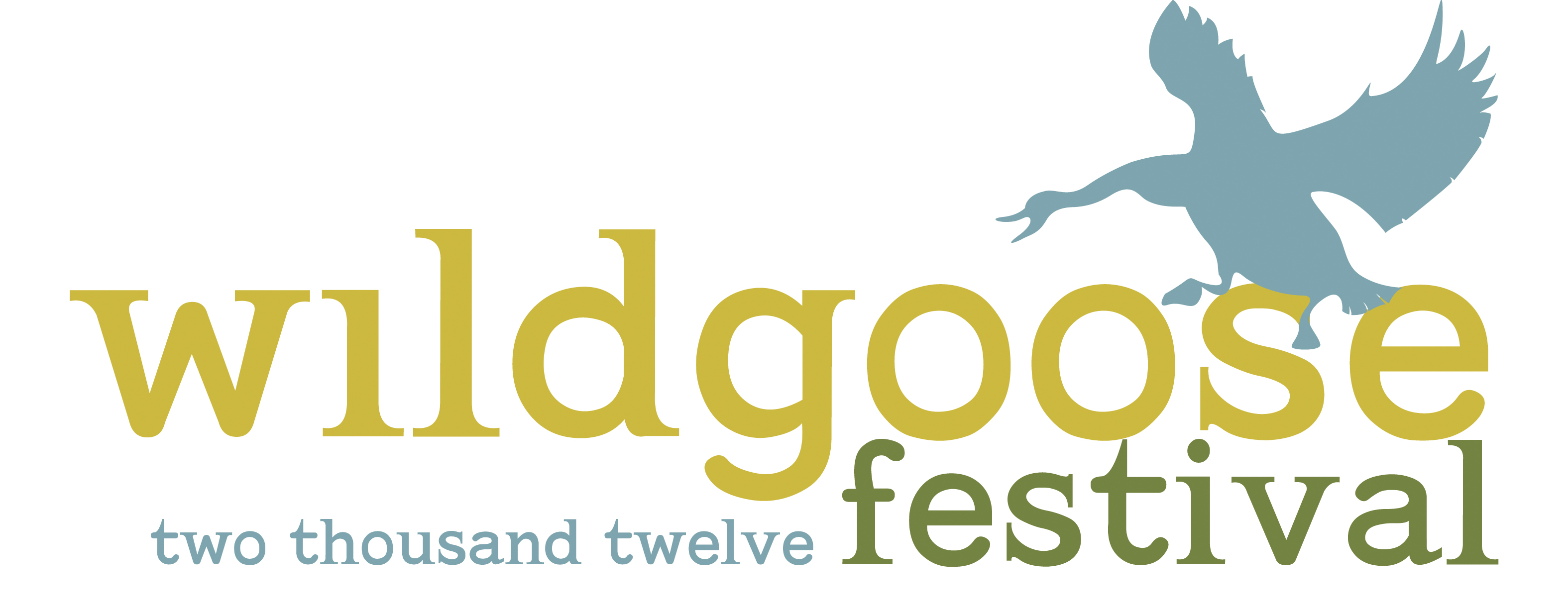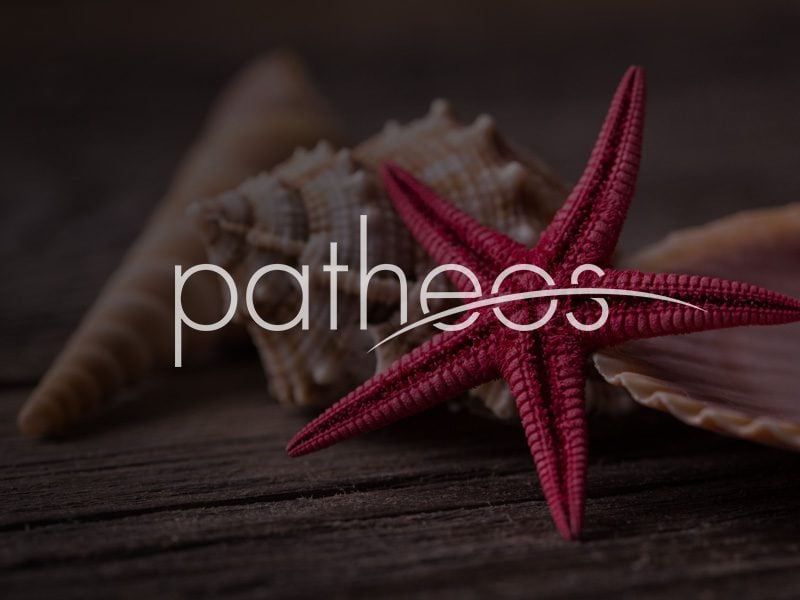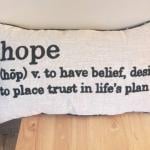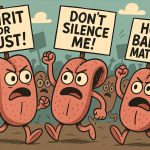As Wild Goose 2012 approaches, this blog will attempt to capture the festival from the viewpoints of those who participate in it. From today’s comments by staff member Jacob Kuntz to highlights shared by volunteer leaders, performers, attenders and friends, you’ll see how the Goose connects with a variety of people in a variety of ways.
**If you’d like to share your experience with Wild Goose, please email sarah (at) wildgoosefestival (dot) org.**
Q: How did you become involved with the festival?
A: I met Gareth in 2004 in Belfast where I was getting a masters in reconciliation at Trinity College Dublin. I was interning at the time with the Presbyterian Youth Board, working on an education for reconciliation project between Catholic and Protestant youth. Gareth and I became fast friends. We started working together and did some social action projects. Over time, we fell out of touch but when he was hired on as director he recalled my work of organizing education projects and got back in touch. And here I am in North Carolina!
Q: What is your longterm vision/hope for the festival?
A: Personally I believe the festival could have a place in inspiring Christians beyond the carefully assembled boundaries we have built for it. Christ went out to the people….and loved them deeply. I want the festival to be a point of connection between Christianity and action done in the spirit of the love Christ called us to.
Q: Last year was Wild Goose’s debut year. Can you describe the atmosphere for us?
A: In the moments I got to stop, I saw people having a great time. The evenings would cool off and people would sit around fires talking quietly…others dancing, playing music or roasting marshmallows. There was a lot of energy. There were equal opportunities for play and reflection.
Q: Can you describe the event site, Shakori Hills, for people who haven’t been there?
A: It really is a magical site. It’s a farm for one thing, but it’s been set up for gatherings and festivals so there is a permanent main stage and several permanent buildings that we make use of. There is even an old barn that we use as a coffee house. There are rolling hills with gravel paths into the woods. At night the 100 year+ old trees light up with white lights. It can be warm during the days but at night it cools off and the music starts on the stage. It can be powerful.
Q: What are you looking forward to this year? What will Wild Goose be adding?
A: From an operations perspective, I’m looking forward to better organization and a more vibrant and engaged volunteer program. Overall, we’re really working to have art integrated into everything we do. So we’re working on programs and projects to see that happen including adding a vibe team whose sole work will be to infuse the site with spirit and design.
Q: The festival is marketed “at the intersection of justice, spirituality, music and art.” But does someone have to be interested in all those things?
I think those things are a part of all our lives whether we know it or not. But yes..to your question…I fully expect that people will attend the festival and spend the majority of their time listening to the music or going to talks or hanging out around the fire and doing not much else. The beauty of the festival is all of those emphases are good and they create a pretty wide variety of experiences to meet many diverse interests.
Q: How do you see justice and spirituality manifest itself at the festival?
A: We hope the festival where the passions of engaged Christians come together into a single space. The life of the spirit and a passion for justice cannot be disassociated. They depend on each other.
Q: How about art? I’ve heard there’s some corporate art opportunities, as well as some individual art-making that allows time for personal reflection. Can you give me some examples of what this has looked like?
A: We want art to be expressed throughout the site with opportunities to create, inspire, and be inspired present at every turn. I’m not sure we got there this last year but it is one of those things we hope will come to the center of everything at the festival. I was at a church a couple weeks ago in Portland where kids were building a fort, drawing on huge sheets of computer paper, banging pots, dressing up in costumes, singing and running around and playing. It seemed to me like the ultimate celebration. I want the festival to feel like that. One huge celebration where people don’t feel like they have to do one activity at a time but where they feel free to express themselves.
Q: People camp at this festival. What does that entail?
A: Camping is one of the best and most challenging parts of a festival. People tell me all the time that they had the best experiences at the campsites. We encourage people to arrive a day early with friends and set up their spaces. Shakori is forested so the majority of all camping spaces are in the trees and shade. I love seeing campsites that are decorated, colorful and full of life.
Q: Family is welcome and that includes kids of all ages, with special family ticket packages. What kinds of things are there for kids and teens to do at the event?
A: We have a fantastic kids and youth program which people should check out on the website. But Shakori is also a wonderland with so much to explore…forest trails, places to hide, music, art. It’s a paradise for kids.











